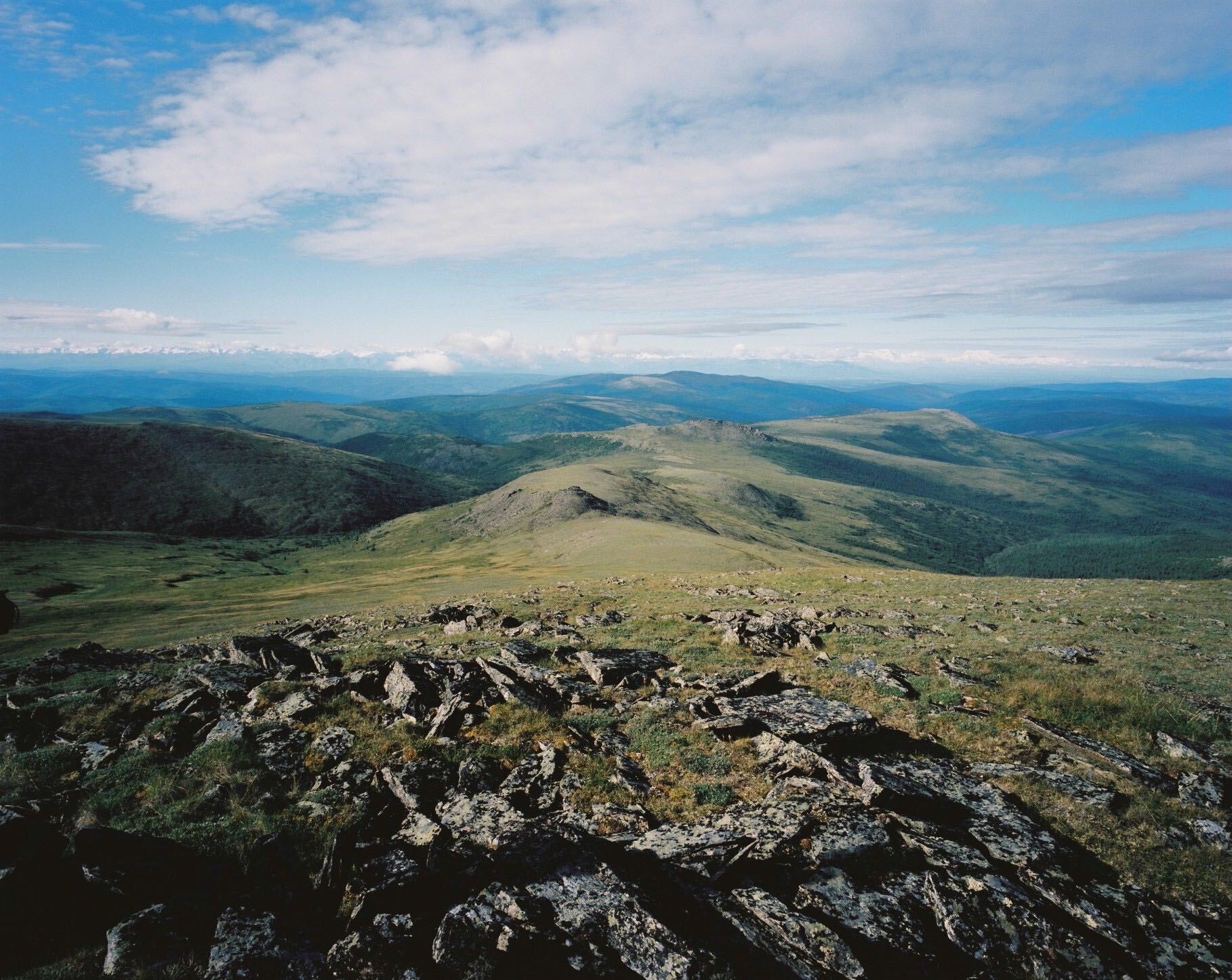The Project was acquired through staking and option in 2021, and a LIDAR survey was flown by Kenorland to support surficial geological interpretation and planning for systematic geochemical surveys. Barrick Gold Corporation optioned the Project in 2021, and completed a property-wide glacial till geochemical survey including the collection of 1902 till samples. In 2022, detailed follow-up exploration included a drill-for-till program which resulted in the collection of 459 overburden samples and 56 top of bedrock samples. Detailed mapping and the collection 1069 rock samples was conducted over multiple target areas. Barrick’s exploration confirmed that in addition to the gold prospectivity, the Project also hosted a large, coherent, and highly anomalous area of coincident nickel and copper in glacial overburden, with nickel values returning up to 674 ppm and copper up to 306 ppm in till, potentially indicating a bedrock source of mineralisation below cover. Multiple lithium-cesium anomalies were also identified, suggesting potential lithium-cesium-tantalum pegmatite systems along the geological sub-province boundary, near the McCombe lithium deposit.
In 2023, additional staking was completed and a LIDAR survey extended DEM coverage over newly acquired areas. Regional data was digitized and infill till sampling and prospecting over multiple targets. In February 2024, Kenorland announced results from the Paponga target area after completing a large-scale geochemical sampling survey including 2,788 fine fraction till samples, 697 heavy mineral concentrate (HMC) till samples, and 482 rock samples. The survey focused on a number of different mineral system targets (Au, Ni-Cu, Li) across the 85,196-hectare property. The survey revealed a coherent gold-in-till anomaly with a strong multi-element signature (Au-Ag-Te-W±As-Sb) over a 5km by 8km area. There has been very limited historical exploration, and no historical drilling has occurred within the geochemical source target area.
In September 2024, Kenorland completed further exploration at the Papaonga target area, collecting 148 infill HMC till samples. Gold grain analysis completed by Overburden Drilling Management Limited (ODM) confirmed high gold grain counts in multiple discrete dispersal plumes, with a peak value of 951 total gold grains (normalized to 10kg table feed) containing 91% pristine grains sourcing from within the diorite pluton. Additional results near Papaonga Lake included 107 gold grains (38% pristine) and 129 gold grains (33% pristine) sourcing from clastic sedimentary and mafic volcanic rocks respectively.
The 40 km², Papaonga target area presents a large, coherent gold-in-till and HMC gold grain anomaly, with gold mineralization associated with northeast-trending shear zones. The gold is associated with various rock types, including intrusive, sedimentary, and volcanic formations, and exhibits a strong multi-element signature (Au-Ag-Te-W±As-Sb-Mo) indicating a significant previously unrecognized gold system. A maiden diamond drill program is currently being designed and planned.






